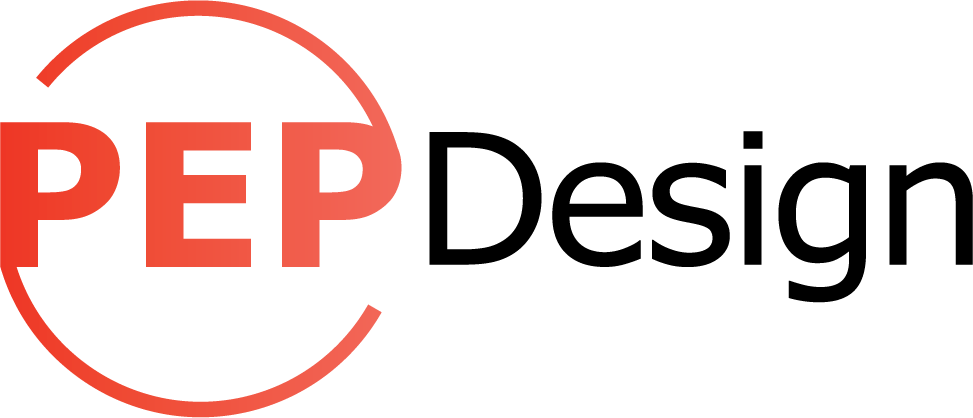This is the last part of a series on selecting product design and engineering services.

Now that you are ready to work with an external engineering resource, what does the road ahead look like? In order to determine the first steps, a few key questions to ask are:
- * How far along is the concept?
- * Have any proof of concept prototypes been created?
- * Has user profile data been collected?
- * Have any working prototypes been created?
In short, where is the project on the product development cycle?
1. Make it work first
All too often companies spend a lot of time on promotional material, color schemes, and other nonfunctional aspects too early in the product development cycle. Be sure your product design resource helps you focus on function before form. Focusing on form too soon will limit the function and will require many redesign cycles to make the product actually work. If the function is proven, then by all means launch into the form. This is when your product design partner may pull in industrial design resources. At times, focusing on form first is OK; for instance, with simple designs that differ only by form, such as a beverage container. But if your product’s selling point is a unique operation, not a cool look, make sure it works before you make it better!
2. What works will guide what is to follow
It is very advisable to define and prove out internal components and elements first. In the case of a mobile phone, this would be picking the right screen, battery, antenna, etc for the required function and cost. This data can then be used to focus the industrial design. If this is not done, and the industrial design is done first without any boundaries, it will likely need to be redone when the internal elements are selected. Forcing internals into an industrial design that was developed first it will usually result in sacrifices in performance or increases in cost. Concept sketches and models should definitely be explored early, but keep it flexible until the technology is worked out. A balance must always be struck between making it look good and making it work for the right price.
3. Phase overlap
Every phase should inform the one following it; specialists should always consult with each other. Product design engineers should be involved with industrial designers. Manufacturing vendors should be involved with product designers. Product designers can guide the industrial designer to make it fit with standard design engineering practices. Manufacturing experts can do the same thing for product design engineers. This overlap of skill sets almost always produces a more well-thought-out product design that will look fantastic, meet the design requirements, and be designed for manufacturability. If this overlap does not occur, unwanted baggage tends to accumulate at each stage that will drag the product down. Keeping the work in silos makes for more problems in the long run. A tight team working together has a much better chance of making your new idea a reality. Make sure the product design firm you employ embraces this concept.
THE BOTTOM LINE
It is best to bring a product design engineering resource on a project at the very beginning. These consultants can help plan the phases and make time and cost estimates for each phase so you are not surprised throughout the entire process. The best product design results are achieved when all players, from industrial design to engineering to manufacturing, are brought in to have input on the design.
Do you have questions about external design engineering services? Contact us or email (info@pongratzengineering.com), and we’ll answer them for you.
//

